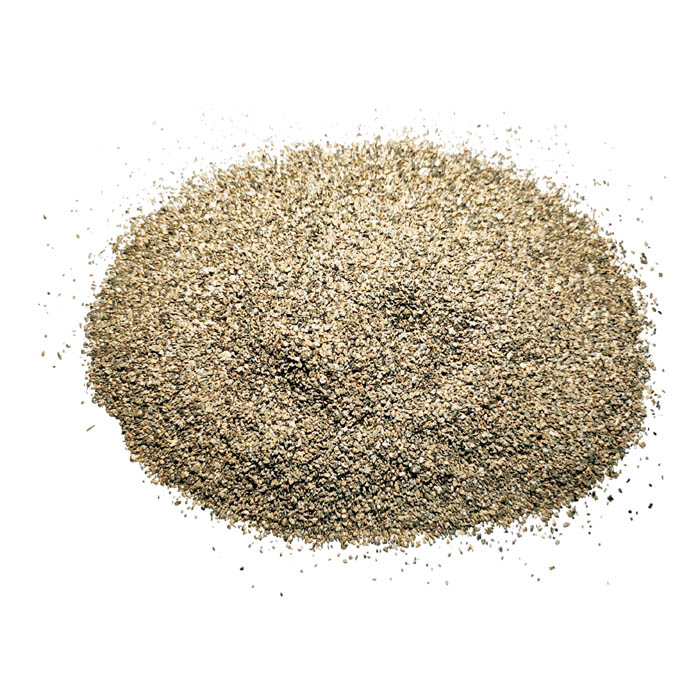Sep . 13, 2024 12:53 Back to list
wall thermal insulation materials
The Importance of Wall Thermal Insulation Materials
In modern construction, energy efficiency has become a critical consideration, significantly influencing the choice of materials used, particularly for walls. Wall thermal insulation materials play a pivotal role in enhancing the energy efficiency of buildings, helping to reduce energy consumption, lower utility bills, and minimize environmental impact.
Thermal insulation refers to the materials and techniques used to reduce the rate of heat transfer between the interior and exterior of a building. Effective insulation helps keep indoor spaces comfortable, regardless of external weather conditions. For instance, during winter, well-insulated walls retain heat, while in summer, they help keep interior spaces cool by preventing excessive heat from entering.
There are various types of wall thermal insulation materials available, each with its unique properties and applications
. Among the most common include fiberglass, foam board, cellulose, and mineral wool.Fiberglass insulation is one of the most widely used materials due to its cost-effectiveness and thermal performance. It consists of fine glass fibers that trap air, effectively slowing down heat transfer. Fiberglass batts or loose-fill insulation can be easily installed in walls, ceilings, and floors, making it a popular choice for both new constructions and renovations.
wall thermal insulation materials

Foam board insulation offers higher R-values per inch than fiberglass, making it an excellent choice for areas with limited space. R-value measures the thermal resistance of a material; the higher the R-value, the better the insulation. Rigid foam boards can be used in conjunction with other insulation types to enhance overall thermal performance.
Cellulose insulation, made from recycled paper products, is another sustainable option on the market. It is treated with fire retardants and is blown into wall cavities, providing excellent coverage and filling in gaps that other materials might miss. Its environmentally friendly credentials appeal to those looking to reduce their carbon footprint.
Mineral wool, or rock wool, is another excellent thermal insulator. It is fire-resistant, soundproof, and can be produced from natural or recycled materials. Its ability to resist high temperatures makes it particularly suitable for walls in regions prone to wildfires.
Choosing the right insulation material depends on various factors such as climate, building design, and budget. Additionally, proper installation is crucial for achieving optimal performance. Poorly installed insulation can lead to significant energy losses, negating its benefits.
In conclusion, wall thermal insulation materials are essential components in the quest for energy-efficient buildings. They offer numerous benefits, including enhanced comfort, lower energy bills, and reduced environmental impact. As building codes become increasingly stringent regarding energy efficiency, the importance of selecting high-quality insulation materials will continue to grow. Homeowners and builders must prioritize these materials to create a sustainable future, ensuring that our buildings are not only comfortable but also environmentally responsible.
-
Fe-C Composite Pellets for BOF: Enhance Steelmaking Efficiency
NewsAug.07,2025
-
Eco-Friendly Granule Covering Agent | Dust & Caking Control
NewsAug.06,2025
-
Fe-C Composite Pellets for BOF: High-Efficiency & Cost-Saving
NewsAug.05,2025
-
Premium Tundish Covering Agents Exporters | High Purity
NewsAug.04,2025
-
Fe-C Composite Pellets for BOF | Efficient & Economical
NewsAug.03,2025
-
Top Tundish Covering Agent Exporters | Premium Quality Solutions
NewsAug.02,2025
